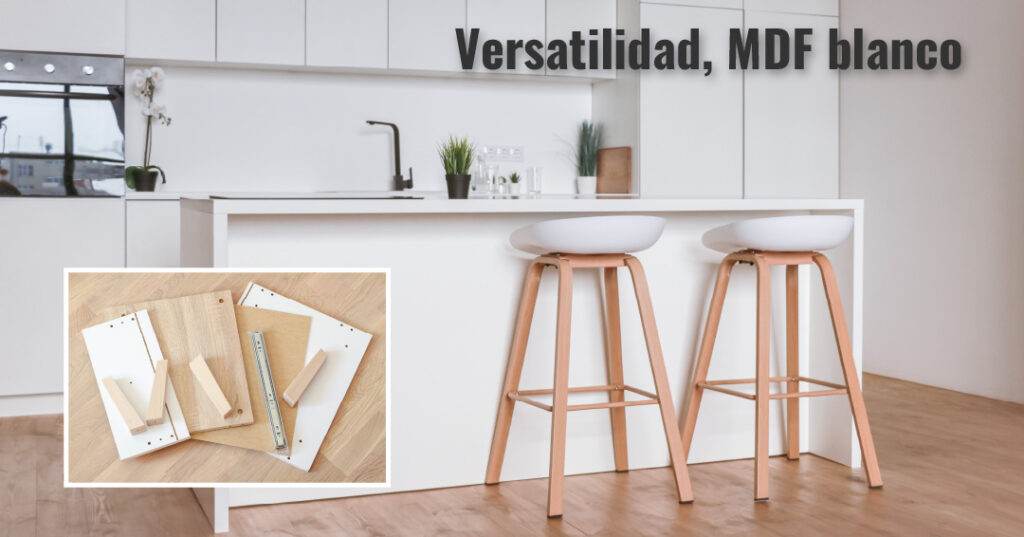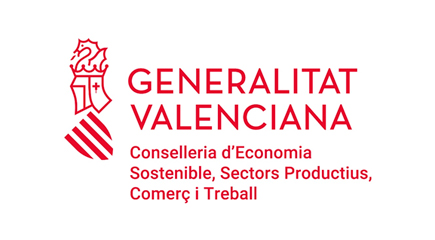MDF board white is commonly used in many home and professional projects, including: furniture, cabinets and shelves, decorative projects, doors and door frames and flooring. Boards can be manufactured in different forms to generate various qualities. The most common options are MDF or chipboard. They share the quality of versatility, resistance and easiness to maintain. The difference resides in the density of the particles that make up each board, in the case of the chipboard, these wood particles are joined in to layers, while, in MDF, they are connected themselves.

MDF or Medium-density fibreboard is an extremely versatile building product, chosen for its strength, affordability, durability and consistency. An engineered material, made by breaking down hardwood or softwood residuals into fine particles, combining it with wax and a resin binder, and pressing it with high temperature. It has a smooth sanded surface and precision finish. MDF is very versatile and suitable for a wide number of internal uses.
MDF is generally more cost-effective than plywood or wood, it is consistent throughout so doesn’t have voids or splinters. MDF has a smooth surface perfect for painting and is easily cut with no splintering, burning or tear-out. MDF board white is a highly moisture resistant medium density fireboard with a hard-wearing white melamine surface bonded to both sides. It is suitable for use in areas of high humidity, or where accidental exposure to moisture may occur.
The highly moisture resistant properties of MDF board white are due to the bonding of the wood fibres with a specially formulated moisture resistant resin. White MDF is designed for interior use in the following applications: Kitchen cupboards, bathroom vanities, shelving, wardrobes and furniture, wall linings and all detailed joinery where a moisture resistant decorative board is required.
MDF board’s exterior is more pours and smooth, which makes it an excellent surface to be lacquered. If laquerable, the needs of a white melamine board in MDF are not the same as in a chipboard. These are two different supports. And so, the first requires a less dense laquerable edge and the second, a heavier one. Nevertheless, at Protecnic, it is known by our clients that we can manufacture any type of edge that is needed to achieve that finished perfect.



